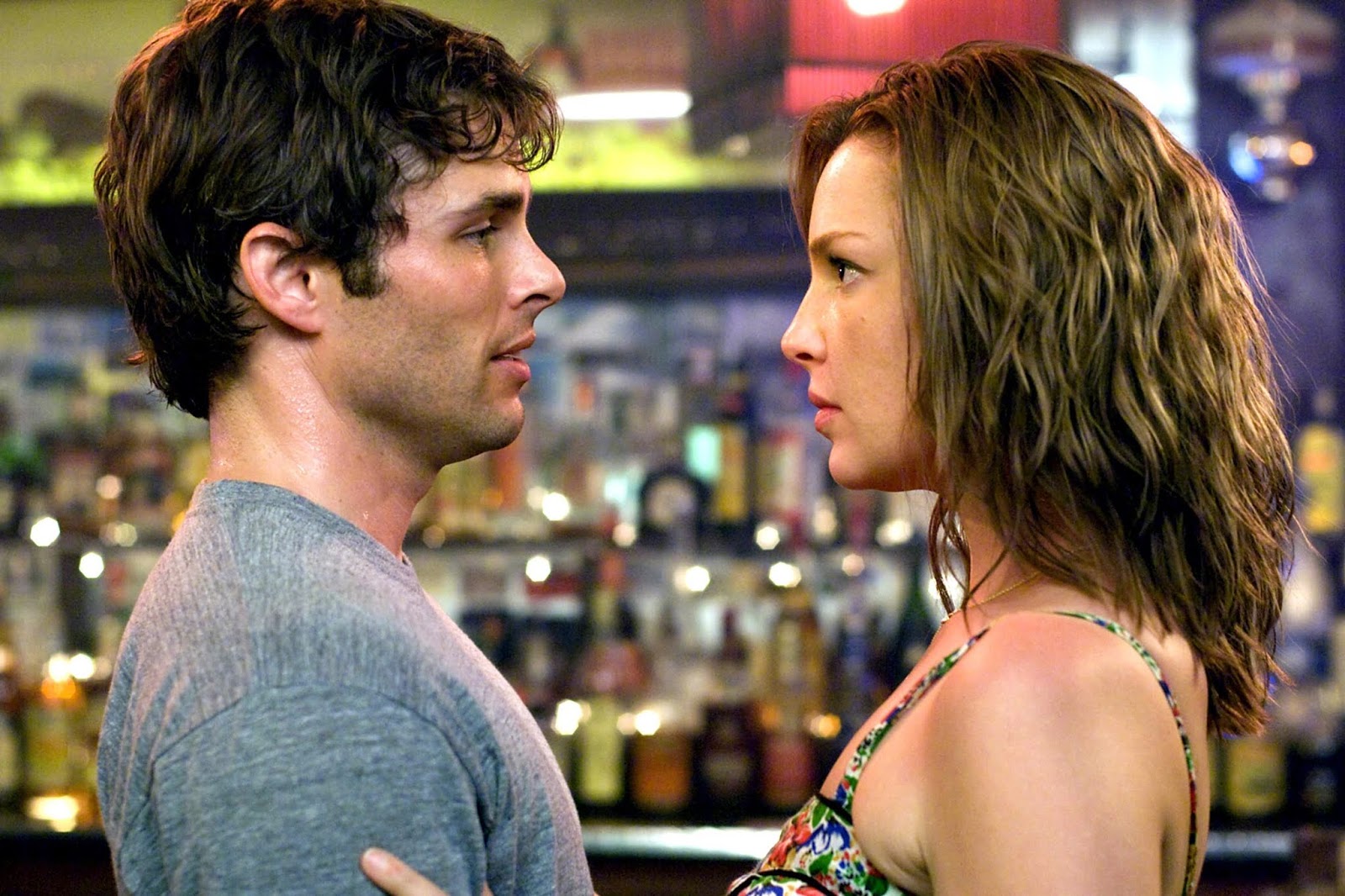Visual Elements and Costume Design: Movie Review 27 Dresses

27 Dresses isn’t exactly vying for awards in the cinematography department, but its visual style is undeniably charming. Think bright, sunny New York City, punctuated by the vibrant hues of countless wedding celebrations. The overall aesthetic leans towards a romantic comedy cliché, but it executes it with a breezy, lighthearted energy that perfectly complements the film’s tone. The film cleverly uses visual cues to foreshadow Jane’s journey of self-discovery, shifting from muted tones reflecting her self-effacement to brighter, bolder colors as she gains confidence.
The significance of wedding dress imagery is paramount. It’s not just about the dresses themselves; they’re visual metaphors for Jane’s life, her sacrifices, and her yearning for her own happily ever after. Each dress represents a different wedding, a different sacrifice, and a different facet of Jane’s personality, visually highlighting her selfless nature and her gradual transformation. The sheer volume of dresses she owns becomes a visual representation of her emotional baggage and her ingrained habit of putting others’ needs before her own.
Wedding Dress Imagery as a Visual Metaphor
The film uses the multitude of wedding dresses Jane owns not just as a comedic device, but as a potent visual symbol. The dresses, each distinct in style and color, represent the various weddings Jane has been a bridesmaid in, showcasing her dedication to her friends and family while simultaneously highlighting her own unfulfilled desires. The progression of the dresses – from the demure and understated to those that subtly hint at Jane’s own personality – mirrors her journey of self-discovery and ultimately, her acceptance of her own worth. The final scene, where she’s finally in her own wedding dress, represents the culmination of this journey. It’s a powerful visual representation of her finally taking center stage and embracing her own happiness.
Costume Design and Character Development
Costume design plays a crucial role in differentiating the characters and showcasing their personalities. Jane’s initial wardrobe is characterized by pastel colors and somewhat frumpy styles, reflecting her self-deprecating nature and tendency to blend into the background. In contrast, Tess, her sister, is consistently dressed in stylish, modern outfits that highlight her confidence and ambition. The visual contrast between the sisters’ wardrobes effectively communicates their differing personalities and underscores the central conflict of the film. As Jane undergoes her transformation, her clothing choices become bolder and more expressive, visually mirroring her growing self-assurance.
Memorable Scene: Jane’s Epiphany at the Wedding, Movie review 27 dresses
One memorable scene occurs during a wedding reception. Jane, dressed in yet another bridesmaid dress (a particularly unfortunate shade of lavender), is surrounded by a sea of celebratory guests. The camera focuses on her face, highlighting her melancholic expression amidst the joyful chaos. The vibrant colors and celebratory atmosphere surrounding her starkly contrast with her subdued attire and somber expression, creating a visually compelling representation of her internal conflict. The swirling movement of the dancers, the glittering lights, and the celebratory music create a visual cacophony that further emphasizes Jane’s feeling of being lost in the crowd, highlighting her isolation amidst the collective joy.
Visual Impact of the Final Scene
The final scene, where Jane is finally getting married, is bathed in a warm, golden light. The color palette is predominantly composed of warm, inviting tones, a stark contrast to the earlier muted colors that dominated the film. The composition is centered on Jane, radiant in her simple yet elegant white wedding dress, radiating happiness and self-acceptance. The soft, diffused light enhances the romantic atmosphere, creating a visually stunning and emotionally satisfying conclusion to Jane’s journey. The overall visual effect communicates a sense of peace, fulfillment, and the triumph of self-love.